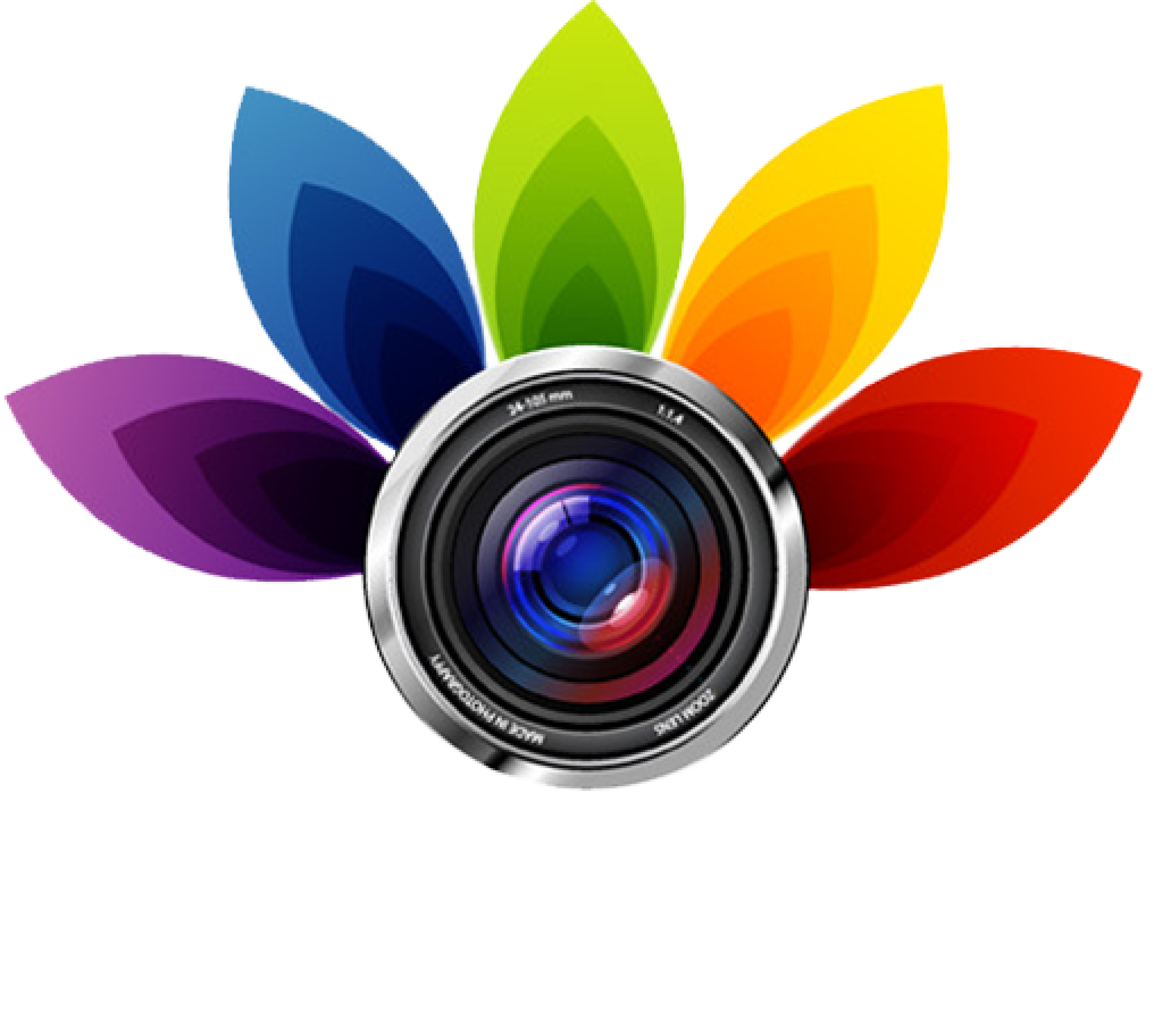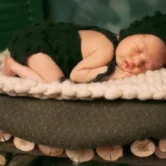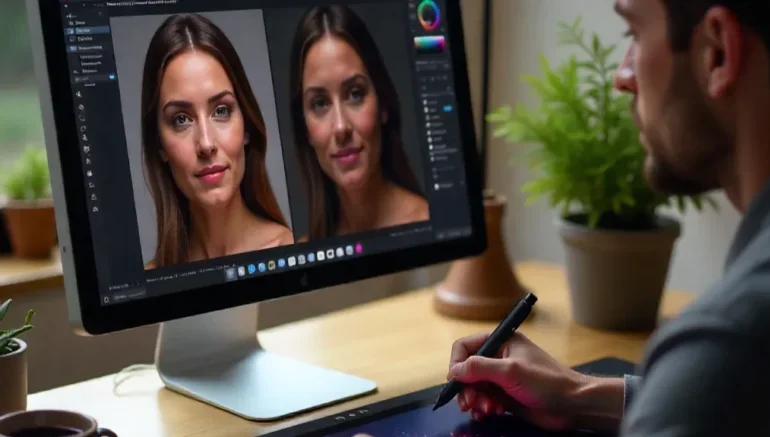
How to Fix AI Photo Editing Mistakes with Manual Retouching
AI tools have made editing faster and easier, but they are not perfect. Sometimes, AI photo editing mistakes happen, leaving images looking unnatural or incomplete. This could mean skin tones that don’t look right, objects that appear too sharp or blurry, or small details being lost. While these errors can be frustrating, the good news is that they are not permanent. With manual retouching, you can step in and bring back the natural look and feel of the photo. Knowing when and how to correct these mistakes is key to creating polished and professional images.
Manual retouching allows you to fix what AI often misses. It gives you more control over details such as lighting, texture, and balance, making the photo look more realistic. Instead of depending fully on AI, adding a human touch ensures every part of the image is refined. This process may take a little extra time, but it often leads to better results. By combining AI speed with manual skill, you can avoid photos that look too “machine-made.” In the end, manual retouching turns AI’s rough edits into images worth keeping.
Understanding Common AI Photo Editing Mistakes
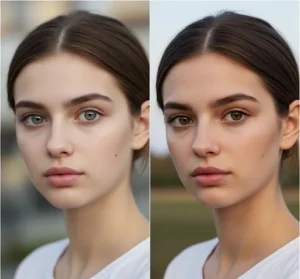 AI editing tools are helpful, but they are not always accurate. Many times, they make changes that don’t match the natural look of a photo. For example, skin tones may appear too smooth or too pale, making people look unrealistic. Objects in the background can also be erased or altered in a way that looks odd. These small errors may seem harmless at first, but they can affect the overall quality of the photo. By knowing the common AI photo editing mistakes, you can easily spot them and decide when manual retouching is needed.
AI editing tools are helpful, but they are not always accurate. Many times, they make changes that don’t match the natural look of a photo. For example, skin tones may appear too smooth or too pale, making people look unrealistic. Objects in the background can also be erased or altered in a way that looks odd. These small errors may seem harmless at first, but they can affect the overall quality of the photo. By knowing the common AI photo editing mistakes, you can easily spot them and decide when manual retouching is needed.
Some mistakes happen because AI is designed to follow patterns, not feelings or artistic judgment. It doesn’t always understand context, so it may brighten or blur areas that should be left alone. This is why photos may look artificial after too much AI editing. To avoid this, it helps to be aware of what AI often struggles with:
- Skin textures – AI can over-smooth and remove natural details.
- Lighting – It may overexpose or darken areas incorrectly.
- Background edits – AI sometimes deletes or distorts objects in an unnatural way.
- Color balance – Colors may look too strong or washed out.
The Role of Manual Retouching in Fixing Mistakes
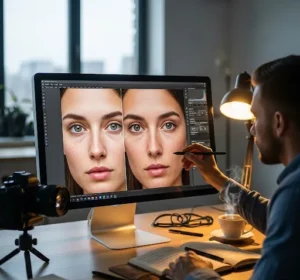 Manual retouching plays an important role in correcting the flaws that AI tools often miss. While AI can make quick edits, it doesn’t always understand the artistic or emotional side of a photo. Manual retouching allows you to step in and adjust the details more carefully. For example, you can restore natural skin texture, refine lighting, and fix small imperfections that AI tends to overlook. This personal touch helps bring back the balance and realism that makes a photo look professional.
Manual retouching plays an important role in correcting the flaws that AI tools often miss. While AI can make quick edits, it doesn’t always understand the artistic or emotional side of a photo. Manual retouching allows you to step in and adjust the details more carefully. For example, you can restore natural skin texture, refine lighting, and fix small imperfections that AI tends to overlook. This personal touch helps bring back the balance and realism that makes a photo look professional.
Unlike AI, manual retouching gives you full control over every element in an image. You can decide what should stay sharp, what needs softening, and how the colors should appear. This makes the photo look less artificial and more natural. If you’re working on photos for clients, manual editing also builds trust since they know you took time to refine the work.
Here are some keyways manual retouching helps fix AI photo editing mistakes:
- Restoring skin details – Keep the face realistic without making it too smooth.
- Balancing light and shadows – Adjust areas AI often brightens or darkens incorrectly.
- Correcting backgrounds – Fix unnatural object removal or distortion.
- Fine-tuning colors – Adjust hues to avoid oversaturation or dull tones.
Easy Ways to Correct AI Photo Editing Mistakes
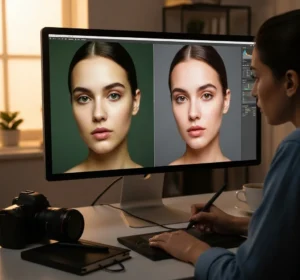 Fixing AI photo editing mistakes does not always require advanced skills. Most of the time, simple adjustments can make a big difference in improving the result. One of the easiest ways is to check the skin tones and textures, as AI often makes them look too smooth or unnatural. You can also adjust the brightness and contrast to bring back depth and balance in the image. Paying attention to these small details helps turn an over-edited photo into one that looks more natural and pleasing to the eye.
Fixing AI photo editing mistakes does not always require advanced skills. Most of the time, simple adjustments can make a big difference in improving the result. One of the easiest ways is to check the skin tones and textures, as AI often makes them look too smooth or unnatural. You can also adjust the brightness and contrast to bring back depth and balance in the image. Paying attention to these small details helps turn an over-edited photo into one that looks more natural and pleasing to the eye.
Another easy method is to review the background and color balance. AI sometimes removes or changes objects in strange ways, which can make the photo look odd. By manually fixing these parts, you can restore a more realistic look. Colors may also need retouching to avoid being too strong or too faded.
Here are some quick tips you can try:
- Check skin tones – Add texture back to avoid a plastic look.
- Adjust brightness and contrast – Keep the photo balanced and clear.
- Review backgrounds – Fix distortions or missing objects.
- Correct colors – Make sure hues look natural and not overly edited.
Tips for Combining AI Tools with Manual Retouching
 AI tools are great for saving time, but they should not be used alone when editing photos. The best results often come from combining AI’s speed with the careful touch of manual retouching. For example, you can let AI handle basic edits like cropping, background removal, or initial skin smoothing. Then, step in manually to refine the details, such as adjusting tones, fixing shadows, or correcting errors AI may have overlooked. This balance allows you to enjoy the convenience of AI without sacrificing quality.
AI tools are great for saving time, but they should not be used alone when editing photos. The best results often come from combining AI’s speed with the careful touch of manual retouching. For example, you can let AI handle basic edits like cropping, background removal, or initial skin smoothing. Then, step in manually to refine the details, such as adjusting tones, fixing shadows, or correcting errors AI may have overlooked. This balance allows you to enjoy the convenience of AI without sacrificing quality.
The key is knowing where to draw the line between automation and manual work. Relying too much on AI can make photos look artificial, while manual editing alone may take longer than needed. By blending the two, you can finish projects faster while keeping images natural and professional.
Here are some useful tips:
- Use AI for bulk edits – Let it handle repetitive or time-consuming tasks.
- Check details manually – Review skin, lighting, and background for errors.
- Keep a light touch – Don’t over-edit; small manual fixes often work best.
- Save versions – Keep copies of both AI-edited and manually retouched images to compare results.
Why Manual Retouching Makes Photos Look More Natural
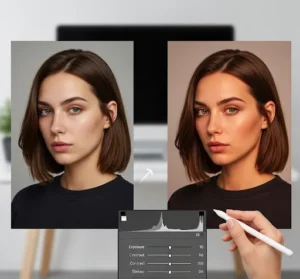 Manual retouching brings a level of detail that AI editing often cannot match. While AI relies on patterns and algorithms, manual editing allows you to see the photo as a whole and make decisions based on how it should truly look. For instance, you can keep skin texture realistic instead of making it too smooth or adjust lighting in a way that feels more natural. These small adjustments create photos that are polished but still authentic. This is especially important for portraits, product shots, and professional projects where natural results matter.
Manual retouching brings a level of detail that AI editing often cannot match. While AI relies on patterns and algorithms, manual editing allows you to see the photo as a whole and make decisions based on how it should truly look. For instance, you can keep skin texture realistic instead of making it too smooth or adjust lighting in a way that feels more natural. These small adjustments create photos that are polished but still authentic. This is especially important for portraits, product shots, and professional projects where natural results matter.
Adding a human touch also helps avoid the “machine-made” look that too much AI editing can create. By retouching manually, you can balance tones, correct colors, and fix details that AI often misses. This gives the final photo a softer, more lifelike quality. If you want your images to stand out as professional and trustworthy, manual retouching is worth the effort.
Here are a few things manual retouching does better than AI:
- Keeps skin texture natural – Avoids the overly smooth or fake look.
- Balances light and shadows – Makes the photo feel realistic.
- Corrects small flaws – Fixes imperfections without losing detail.
- Improves overall harmony – Ensures every part of the photo works together.
Building Your Skills to Avoid AI Photo Editing Mistakes
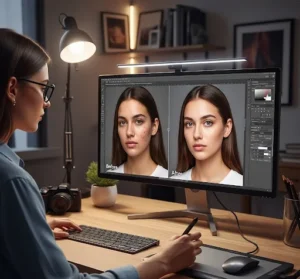 Improving your editing skills is one of the best ways to avoid common AI photo editing mistakes. While AI tools can speed up the process, knowing how to spot and correct errors depends on your own eye for detail. Practicing with different photos and editing styles helps you understand where AI usually struggles, such as skin tones, shadows, and backgrounds. The more you practice, the easier it becomes to identify what looks natural and what feels artificial. Building this habit will not only improve your workflow but also make your edits stand out.
Improving your editing skills is one of the best ways to avoid common AI photo editing mistakes. While AI tools can speed up the process, knowing how to spot and correct errors depends on your own eye for detail. Practicing with different photos and editing styles helps you understand where AI usually struggles, such as skin tones, shadows, and backgrounds. The more you practice, the easier it becomes to identify what looks natural and what feels artificial. Building this habit will not only improve your workflow but also make your edits stand out.
Learning continuously also plays a big role in sharpening your skills. You can watch tutorials, join photo editing communities, or study real examples of retouched images. This way, you learn both from your own mistakes and from others.
Here are a few practical steps:
- Practice regularly – Edit different types of photos to improve judgment.
- Study before-and-after edits – Learn how small changes affect the final look.
- Get feedback – Ask others to point out areas you may have missed.
- Stay updated with tools – Learn the latest AI features but don’t rely on them fully.
Conclusion
Fixing AI photo editing mistakes is all about balance, using AI for speed but relying on manual retouching for accuracy and natural results. With the right approach, you can avoid photos that look too artificial and instead create images that feel polished and real. The more you practice, the easier it becomes to spot errors and apply quick fixes. Remember, AI is a tool, but your eye and skills make the final difference. Have you tried fixing AI edits with manual retouching before? Share your experience or tips in the comments, I’d love to hear your thoughts.
Read Next: Top 10 Things Manual Editors Do Better Than AI Tools
